Banking on Biodiversity - Deutsche Bank and SailGP Germany's Race to Chart Ocean Health
Deutsche Bank partners with SailGP Germany, NatureMetrics, and Whale and Dolphin Conservation to collect vital ocean biodiversity data from beneath the waves at SailGP races. This unique partnership uncovers hidden biodiversity in Bermuda and New York waters.

A collaboration between
Project Snapshot
Overview
Deutsche Bank, in collaboration with NatureMetrics, SailGP Germany, and Whale and Dolphin Conservation (WDC), launched an eDNA sampling project to monitor the ocean biodiversity beneath SailGP races around the globe. This initiative leverages the global reach of SailGP racing events and collaborations with local research groups on the ground to collect water samples for eDNA analysis, with the aim of showcasing marine biodiversity to increase ocean literacy and inform conservation efforts.

The Challenge
Despite the ocean's critical importance to global ecosystems, human wellbeing, and the economy - with over half of global GDP dependent on nature - our understanding of marine biodiversity and critical habitat health remains limited. Traditional surveying methods are often invasive, expensive, and limited in scope, making it challenging to obtain comprehensive data on ocean life, especially in diverse or hard-to-reach locations.
Deutsche Bank and its partners faced the challenge of developing a scalable, non-invasive method to assess marine biodiversity across multiple global locations. They needed a solution that could provide detailed insights into local ecosystems, detect both common and rare species, and be easily integrated into the fast-paced environment of international sailing events.

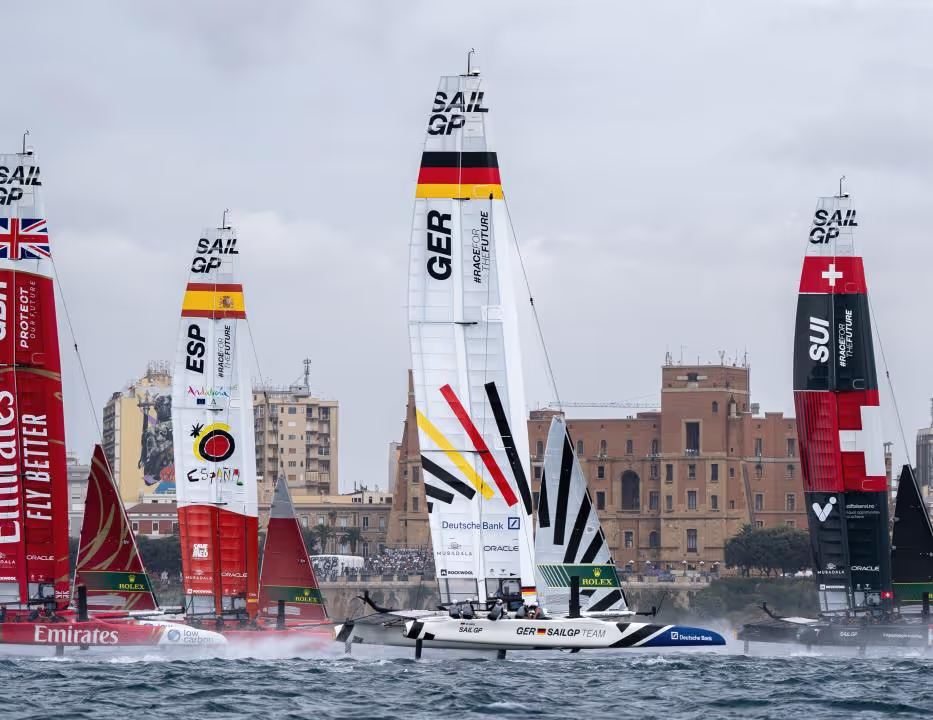

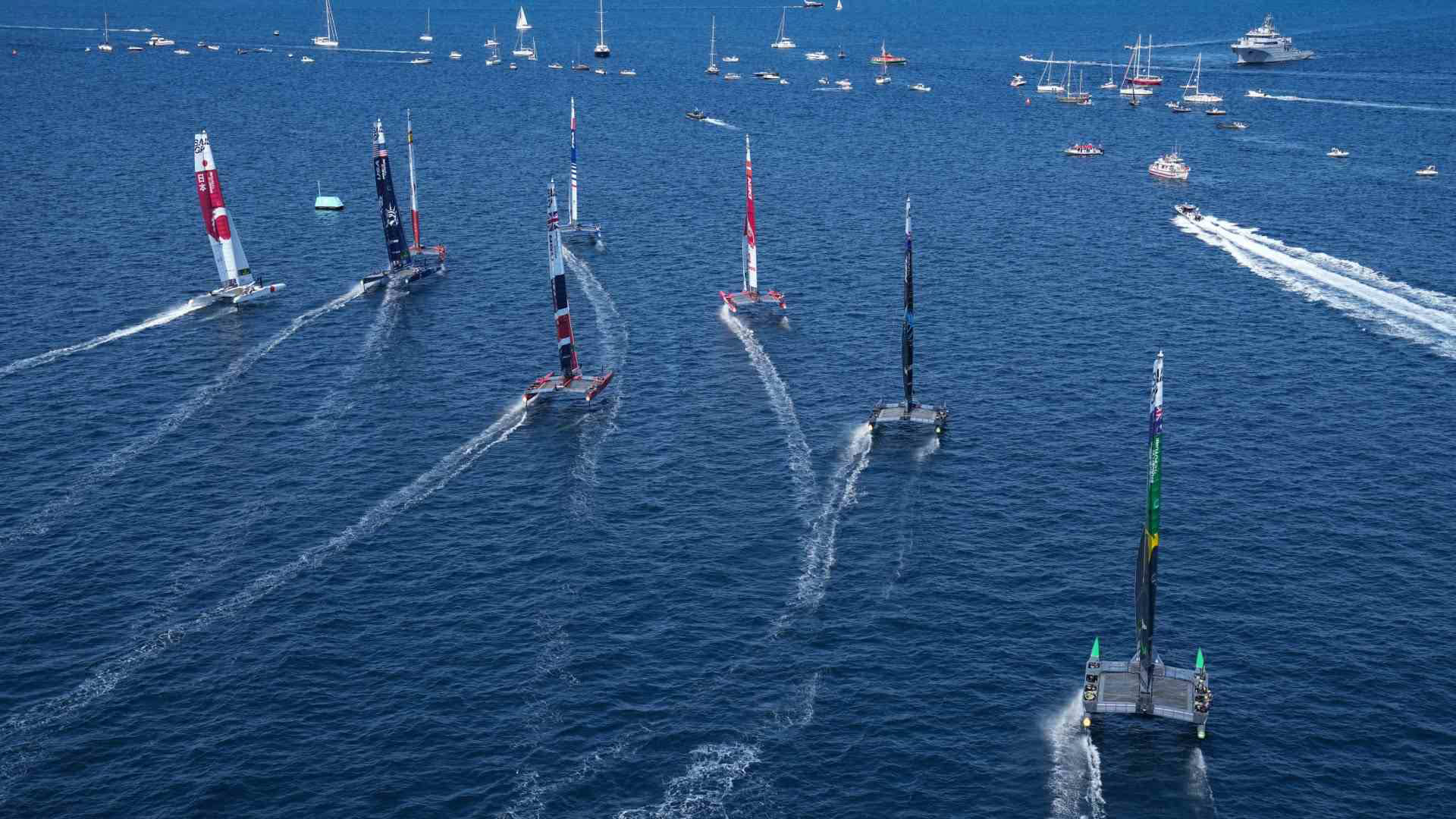
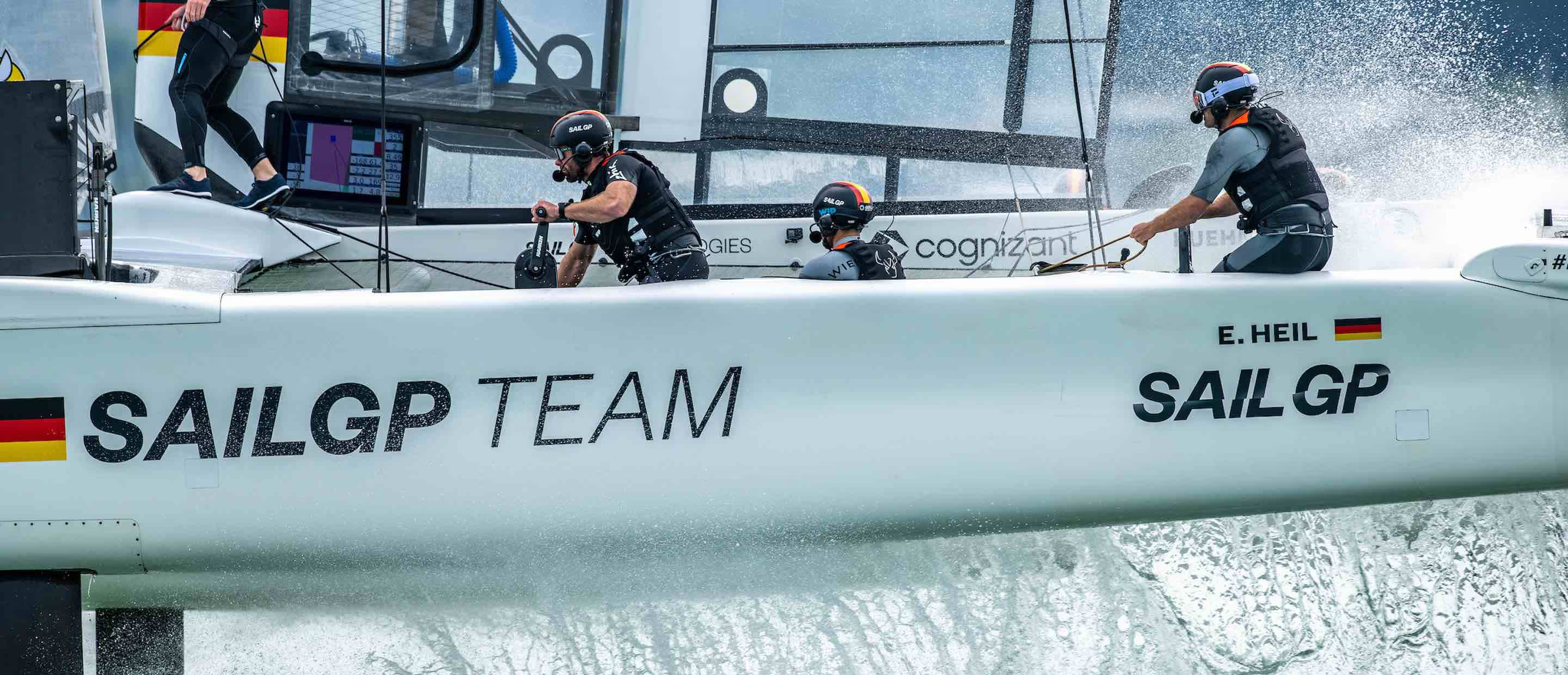
Our Role
NatureMetrics played a crucial role in this project by providing the eDNA sampling kits and conducting the laboratory analysis of collected samples. Our team trained SailGP crew members and local scientists on how to use our eDNA sampling kits, ensuring consistent, high-quality data collection despite the challenging marine environment.
Using our advanced eDNA metabarcoding pipeline, we processed the water samples to detect DNA from a wide range of marine organisms. Our analysis focused on identifying vertebrate species, providing a comprehensive overview of fish, marine mammals, and even terrestrial animals whose DNA had made its way into the marine environment. This approach allowed for the detection of species that are often missed by traditional survey methods, offering a more complete picture of local biodiversity.

The Findings
The eDNA analysis revealed an astounding level of biodiversity in the sampled locations. In Bermuda alone, we detected 30 vertebrate species across 6 samples, showcasing the rich marine life in these waters. Notably, the project uncovered the presence of endangered species such as the hogfish, providing valuable data for conservation efforts.
One of the most exciting findings was the detection of humpback whale DNA in areas closer to the Bermuda shoreline than previously recorded. The analysis also revealed the presence of invasive species like lionfish, alerting conservationists to potential threats to local ecosystems.
Interestingly, the eDNA samples contained traces of terrestrial mammals such as beavers in New York, highlighting the interconnectedness of terrestrial and marine ecosystems and the potential of eDNA to provide a holistic view of environmental health.
Download and read the full findings report HERE

The Impact

This project demonstrates the power of eDNA technology to revolutionise our understanding of marine ecosystems at scale. By providing a comprehensive snapshot of biodiversity, including rare and hard-to-detect species, the data gathered enables more informed decision-making for conservation efforts and environmental policy.
For Deutsche Bank, this initiative strengthens its commitment to promote a sustainable blue economy. By sponsoring nature-based research and conservation, the project demonstrates how the financial sector can participate in addressing global environmental challenges. This approach sets a new standard for corporate sustainability initiatives, illustrating how banks can leverage their resources and partnerships to generate tangible, positive impacts on biodiversity.
Looking forward, the success of this project has led to its expansion to other locations, including Alaska and the Maldives. This growing dataset will contribute to a global understanding of marine biodiversity patterns and support international conservation efforts. Moreover, the project serves as a model for future collaborations between the finance sector, sports events, and scientific research, demonstrating how diverse partnerships can drive meaningful environmental action and channel more financing into nature-positive initiatives.

Markus Müller
Chief Investment Officer ESG & Global Head of Chief Investment Office at Deutsche Bank Private Bank




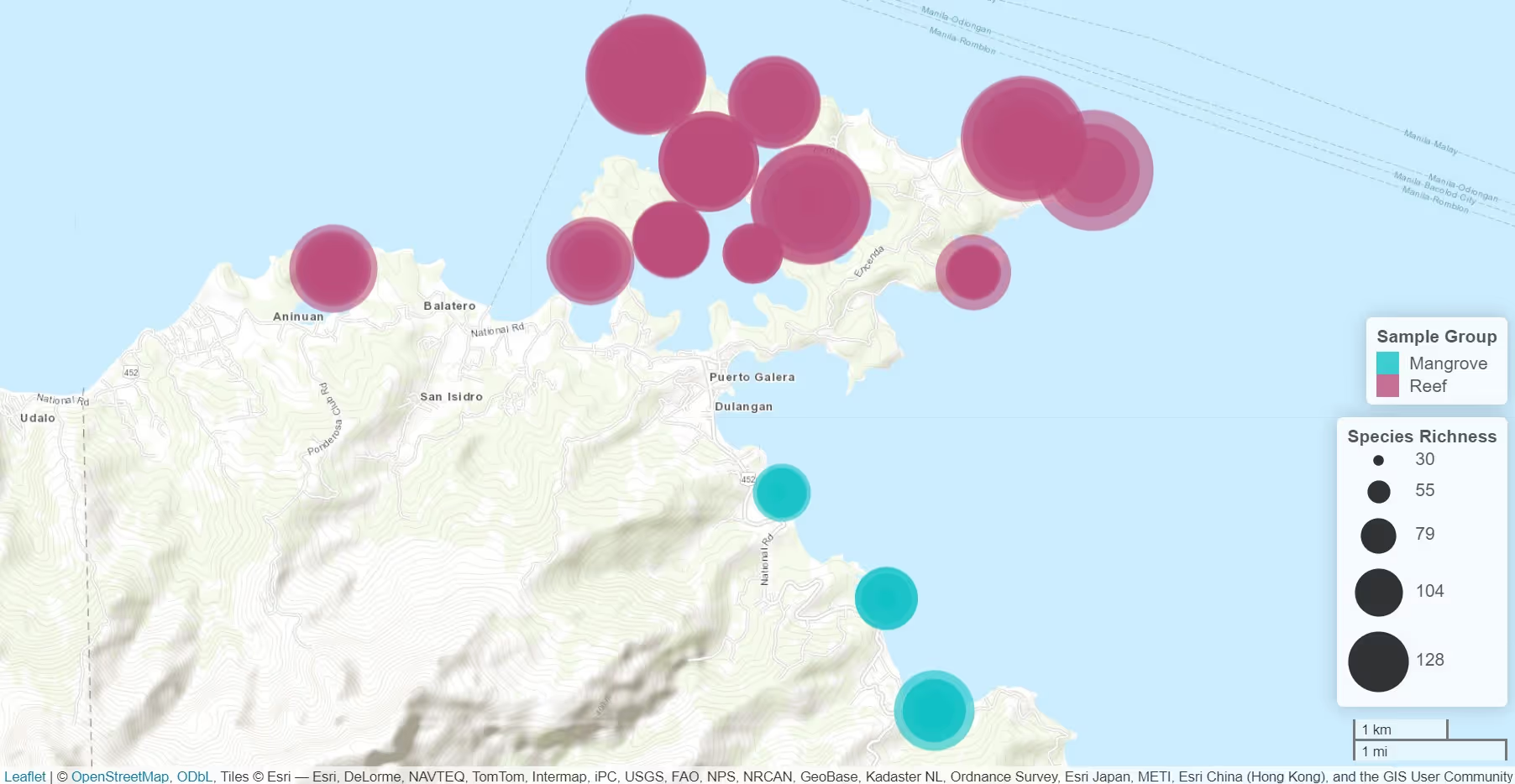
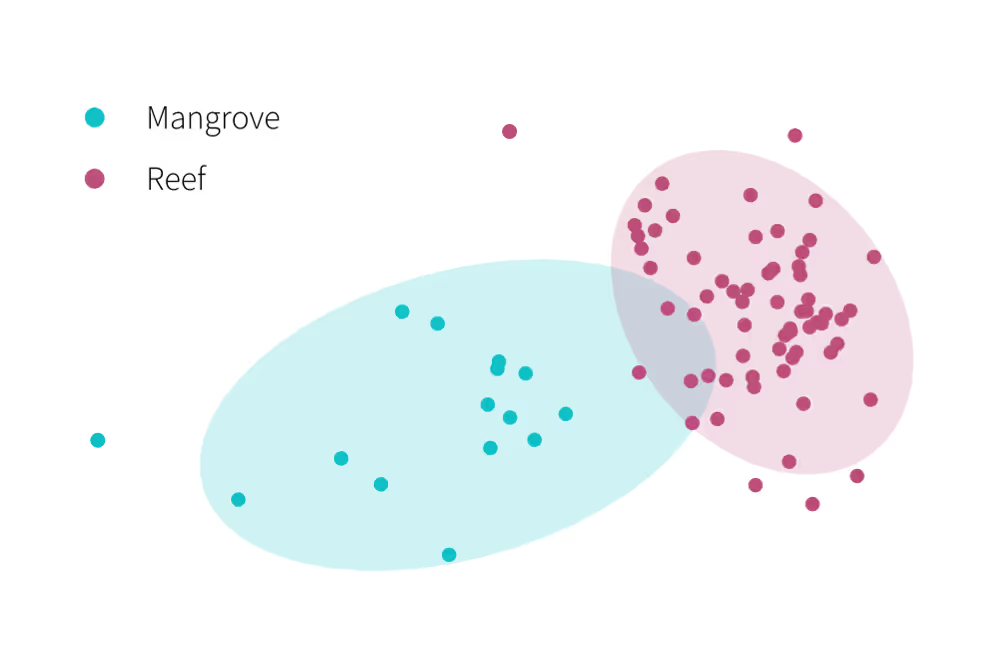
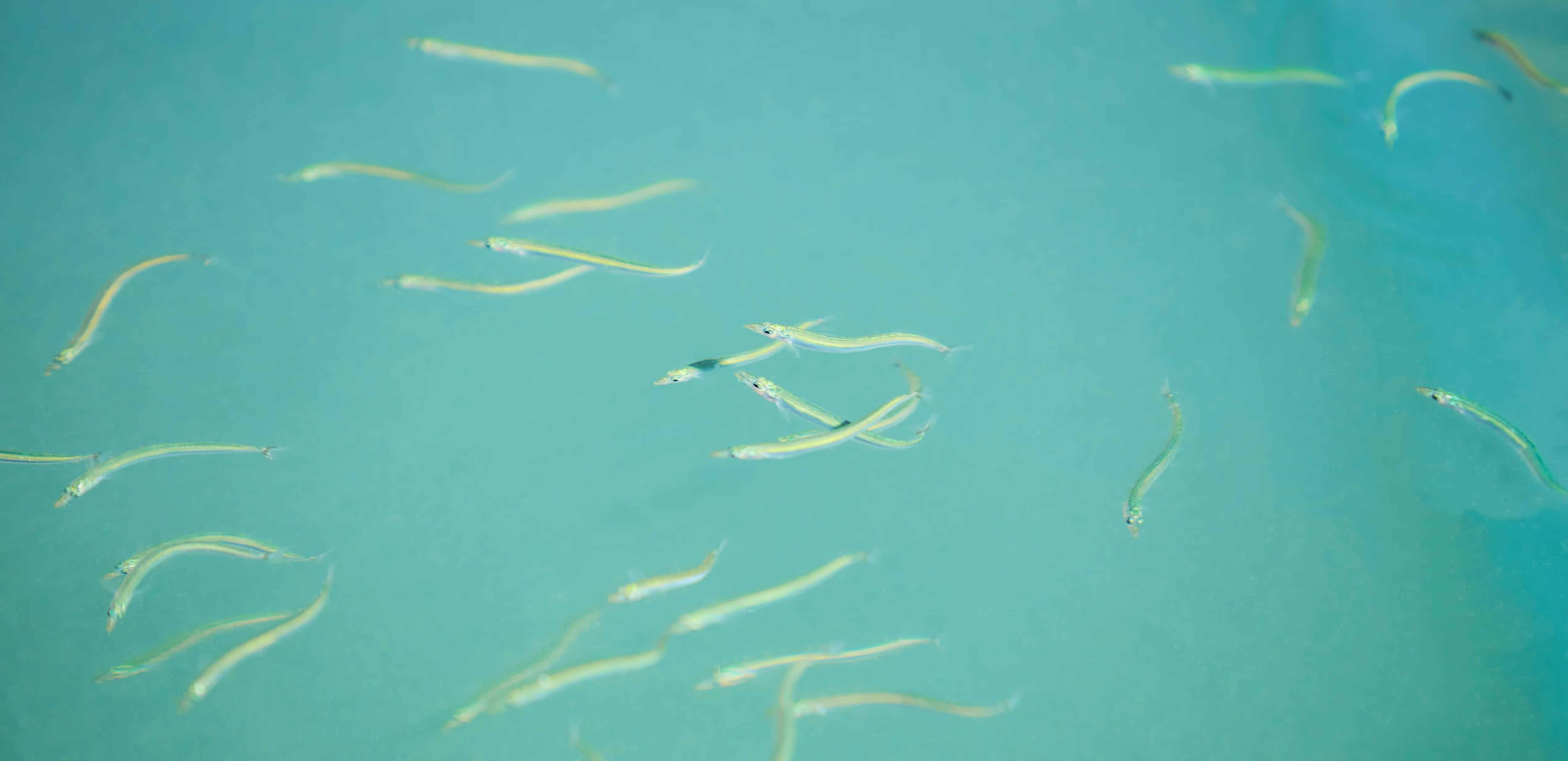
.avif)